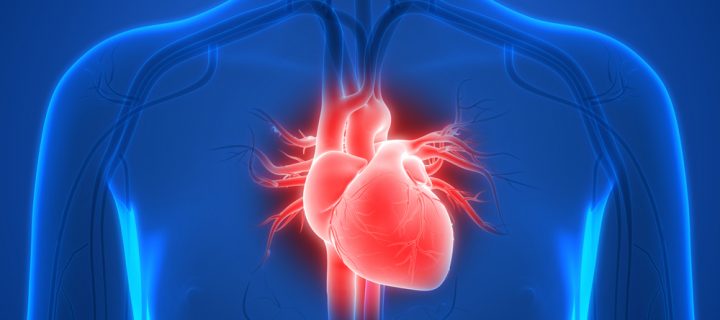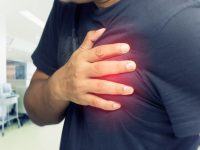Thanks to modern medicine, a heart transplant procedure is routine.
Finding a viable heart that can be safely transplanted? That’s a lot trickier. Finding a compatible heart that a patient’s body won’t reject is extremely difficult. Adding the long list of people needing a fresh heart, there’s a dire need for a solution.
While the body does reject a full human heart, what if you only used part of it for transplantation?
In a scientific breakthrough and a world first, scientists from Massachusetts General Hospital’s Center for Regenerative Medicine and Harvard Medical School have built a functional heart through bio-engineering.
Taking 73 hearts unsuitable for transplantation, the researchers stripped the donor’s cells off them, or, decellularizing them. This was done so they wouldn’t be rejected by a host body, as there are no foreign cells. They were left with a matrix, or scaffold.
From there, the scientist’s then worked on the host’s cells, reprogramming them into induced pluripotent stem cells (iPSCs). iPSCs are a wonder in themselves, able to become virtually any time of cell. Making them into heart cells, the researchers found the cells could grow on the previously created scaffolds.
After two weeks of this process, the cells changed to “immature cardiac tissue.” They stimulated it electrically, and it actually started to beat.
“Regenerating a whole heart is most certainly a long-term goal that is several years away, so we are currently working on engineering a functional myocardial patch that could replace cardiac tissue damaged due a heart attack or heart failure,” said Jacques Guyette, of the Center for Regenerative Medicine, and lead author of the report published in the medical journal Circulation Research.
Regenerating an entire heart is still very far in the future, but there’s no doubt this could be a viable solution to the heart transplant conundrum. However, Guyette’s current research aiming to create smaller patches for people with damaged cardiac tissue.
Photo credit: Magic mine/Shutterstock










